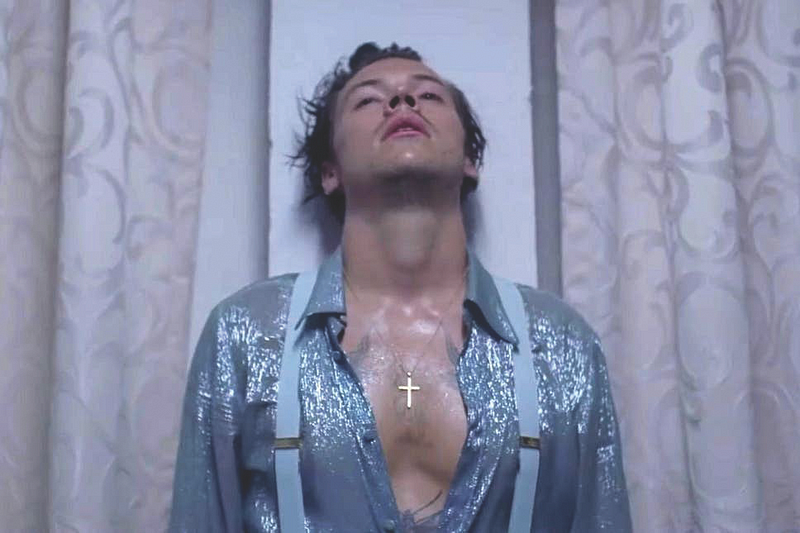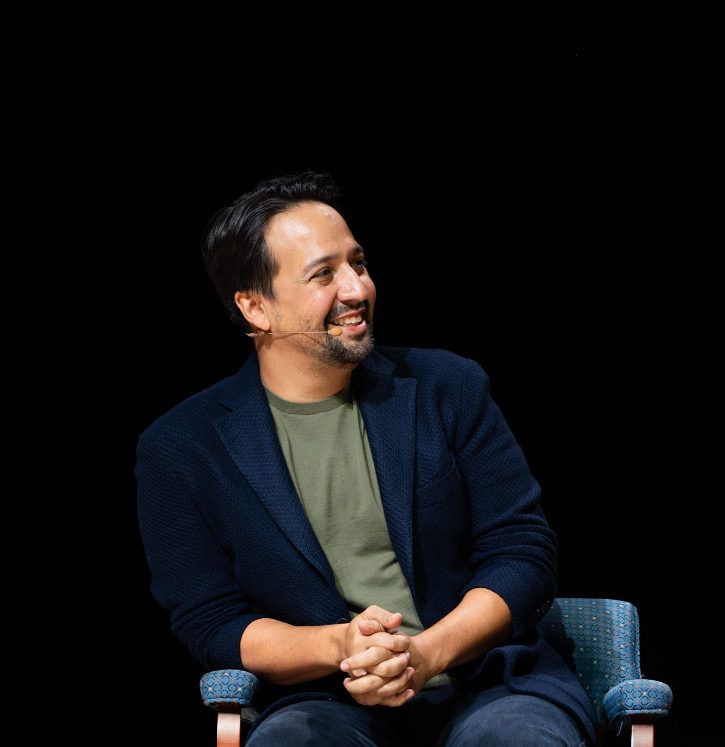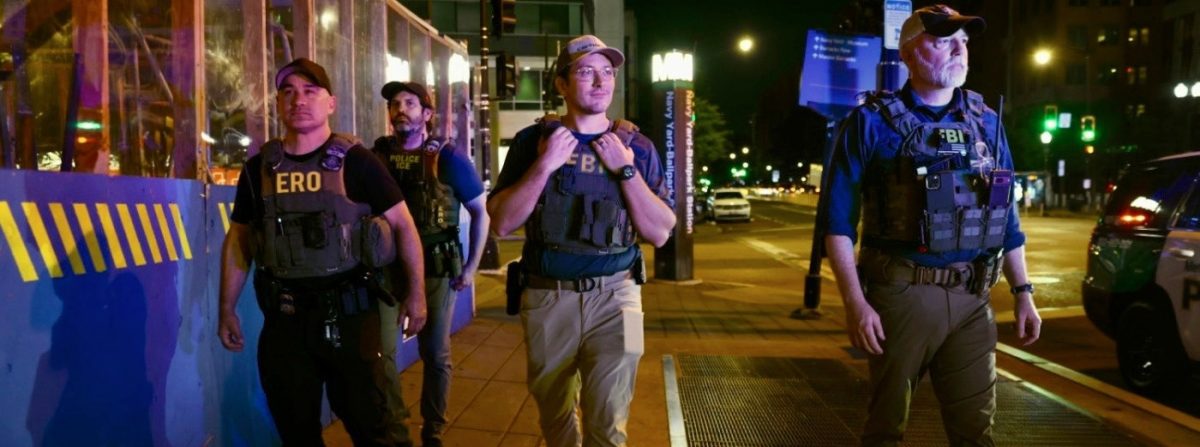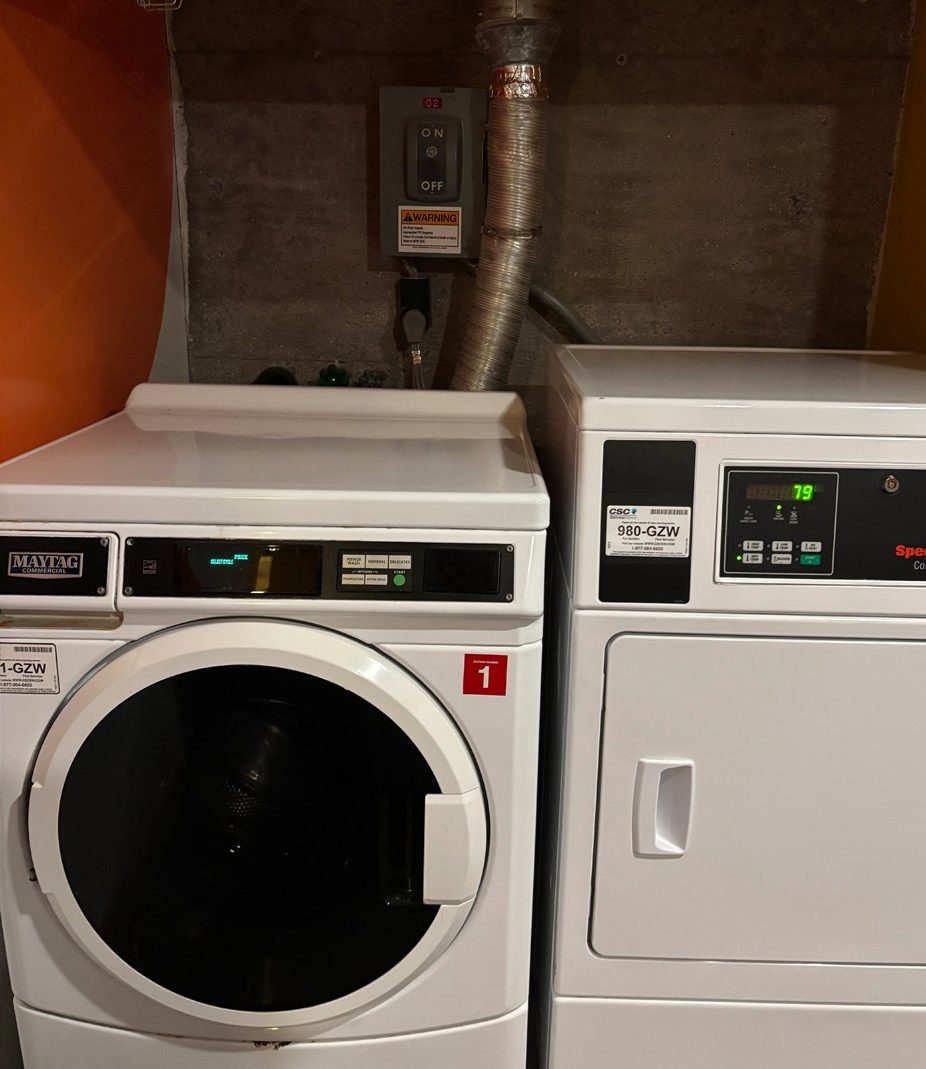
Last week, Harry Styles dropped a new song for the first time in two years, and it’s not an exaggeration to say that the Internet went wild. The music video for his new single “Lights Up” already sits at twenty-four million views on YouTube and for days after its release, #HarryStyles trended across numerous social media platforms in celebration of the singer’s comeback.
The song signals a definite change in Styles’s artistry. His 2017 debut album,
Harry Styles
, reflected emotions of infatuation and heartbreak whereas “Lights Up” focuses on a more intimate side of the singer. The song’s opening verse contains the lines “What do you mean?” and “Wouldn’t put it like that,” which hint at Styles’s thoughts on public speculation about his sexuality, something he has previously refused to define.
The chorus of “Lights Up” furthers his train of thought by including variations of the phrase “They know who you are,” which eventually transforms into “Do you know who you are?” The song’s chorus suggests that the public frequently assumes Styles’s sexuality despite his emphasis on not putting labels on it. However, he does seem to struggle with defining his sexuality to the point where he questions whether the public knows more about him than he does. When Styles sings these lyrics, the song sounds fluid, as though he’s in a confused haze regarding his own life.
In addition, the “Lights Up” music video shows a shirtless Styles participating in what looks like a massive orgy of intoxicated men and women. Styles, however, seems unbothered by the many people touching him and takes a more passive role in these scenes, choosing to sing instead of reaching out to touch anyone. From his behavior in the group, he suggests that he puts more value in his status as a musician than he does in his sexuality despite people’s thoughts about the latter.
The video cuts between this scene and Styles on the back of a moving motorcycle, bathed dimly in red neon lighting. The composition and cinematography of these shots plant the camera behind the motorcycle and emphasize Styles as the main subject of the frame, never revealing the face of the person driving the bike. Styles thus reinforces his desire for people to see and judge him as an artist, rather than judging him based on who he chooses to be with.
“Lights Up” feels like a hallucinatory experience. Its vocals and instrumentation trail away and echo at certain points, making the song feel insubstantial. Styles must have intended this, considering the ambiguity of his lyrics and music video. Gone is the Styles of his self-titled album, an artist who feels like a seventies rockstar surrounded by acoustic guitar melodies, piano instrumentals, and classic rock screams.
When the Styles of “Lights Up” sings, nothing feels definite about his musical setting. His acoustic guitar has remained, but he’s also added electronic beats and a haunting choir that frequently supports his vocals. The Harry Styles of “Lights Up” refuses to be categorized into a specific genre, and, based on this single, intends to show more mature and personal themes in his upcoming music.

























